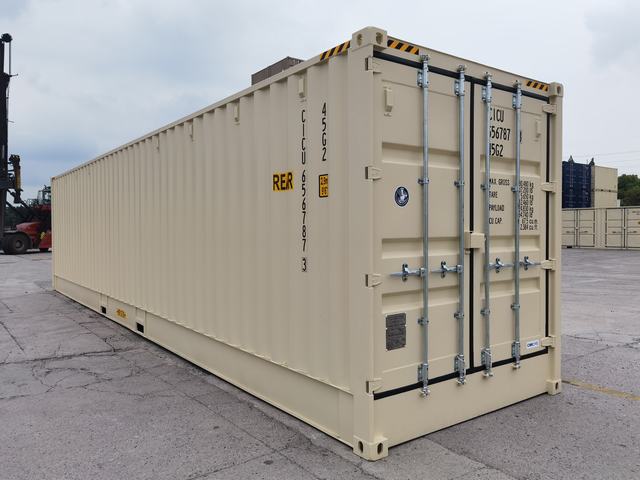In an era where sustainability and cost-effectiveness are paramount, the quest for the most cost-efficient transportation methods has never been more critical. As global economies evolve and environmental concerns escalate, businesses and individuals alike are seeking innovative solutions that not only save money but also reduce their carbon footprint. This article delves into various transportation modes, analyzing their cost-efficiency and sustainability, while providing practical insights for decision-makers.
Understanding Cost Efficiency in Transportation
Cost efficiency in transportation refers to the ability to minimize expenses while maximizing value. This encompasses not only the direct costs associated with fuel, maintenance, and labor but also indirect costs such as time lost in transit and environmental impact. To evaluate the most cost-efficient transportation methods, we must consider several factors:
- Operational Costs: This includes fuel consumption, maintenance, and labor costs.
- Time Efficiency: The speed of transportation can significantly impact overall costs, especially in logistics and supply chain management.
- Environmental Impact: Sustainable practices can lead to long-term savings and compliance with regulations.
- Scalability: The ability to adapt transportation methods to changing demands without incurring excessive costs.
Analyzing Transportation Modes
- Public Transportation
Public transportation systems, such as buses, subways, and trains, are often the most cost-efficient options for urban commuting. They reduce the number of vehicles on the road, leading to lower fuel consumption and decreased traffic congestion.
- Cost Analysis: The average cost per passenger mile for public transit is significantly lower than that of personal vehicles. For instance, a study by the American Public Transportation Association (APTA) indicates that public transit can save individuals over $10,000 annually compared to owning a car.
- Environmental Benefits: Public transportation reduces greenhouse gas emissions, with buses producing 45% less carbon dioxide per mile than single-occupancy vehicles.
- Bicycles and E-Bikes
Cycling is gaining traction as a cost-efficient and environmentally friendly mode of transportation. E-bikes, in particular, offer a practical solution for longer distances without the strain of traditional cycling.
- Cost Analysis: The operational costs of bicycles and e-bikes are minimal compared to cars. Maintenance is low, and the cost of electricity for e-bikes is significantly less than fuel costs.
- Health Benefits: Cycling promotes physical health, potentially reducing healthcare costs for individuals and employers.
- Carpooling and Ridesharing
Carpooling and ridesharing services like Uber and Lyft have transformed urban transportation dynamics. These options can significantly reduce individual transportation costs by sharing expenses among multiple passengers.
- Cost Analysis: Carpooling can cut commuting costs by up to 50%, depending on the number of participants. Ridesharing services, while slightly more expensive than public transit, can still be cost-effective for short trips or when public options are limited.
- Environmental Impact: Fewer vehicles on the road lead to reduced emissions, making this a sustainable choice.
- Freight Transportation
For businesses, freight transportation is a critical component of supply chain management. The choice between trucking, rail, and shipping can greatly influence cost efficiency.
- Cost Analysis: Rail transport is often the most cost-effective for long distances, particularly for bulk goods. According to the Association of American Railroads, railroads can move a ton of freight over 400 miles on a single gallon of fuel, making it a highly efficient option.
- Sustainability: Rail transport emits significantly less CO2 per ton-mile compared to trucking, making it a greener choice for businesses focused on sustainability.
The Role of Technology in Enhancing Cost Efficiency
Advancements in technology are revolutionizing transportation efficiency. Innovations such as route optimization software, electric vehicles (EVs), and autonomous driving technology are paving the way for more cost-effective solutions.
- Route Optimization: Companies can use algorithms to determine the most efficient routes, reducing fuel consumption and delivery times.
- Electric Vehicles: While the initial investment in EVs can be higher, the long-term savings on fuel and maintenance can make them a cost-efficient choice, especially with the decreasing costs of batteries and increasing availability of charging infrastructure.
Conclusion: Making Informed Transportation Choices
Determining the most cost-efficient transportation method requires a nuanced understanding of various factors, including operational costs, time efficiency, and environmental impact. Public transportation, cycling, carpooling, and freight options each offer unique advantages that can lead to significant savings.

